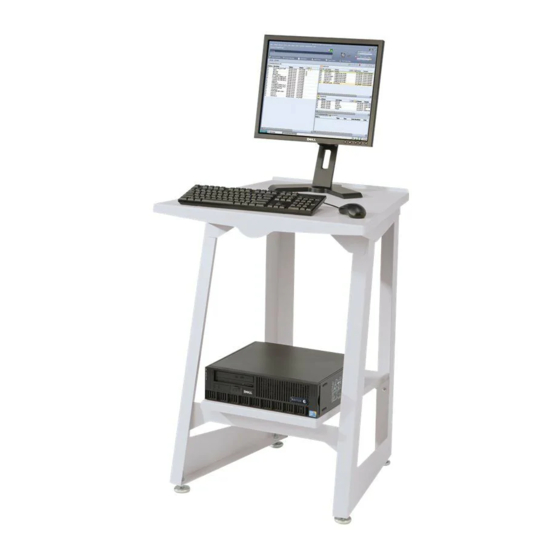Xerox FreeFlow Note de mise à jour - Page 14
Parcourez en ligne ou téléchargez le pdf Note de mise à jour pour {nom_de_la_catégorie} Xerox FreeFlow. Xerox FreeFlow 33 pages. For color 560/570 printer
Également pour Xerox FreeFlow : Manuel d'installation (34 pages), Brochure (2 pages), Note de mise à jour (23 pages), Manuel d'installation (2 pages), Manuel de sécurité (38 pages), Important Installation Information (2 pages), Manuel de l'utilisateur (50 pages), Manuel (18 pages), Manuel de connexion rapide (2 pages), Manuel de procédures des transporteurs (28 pages)

